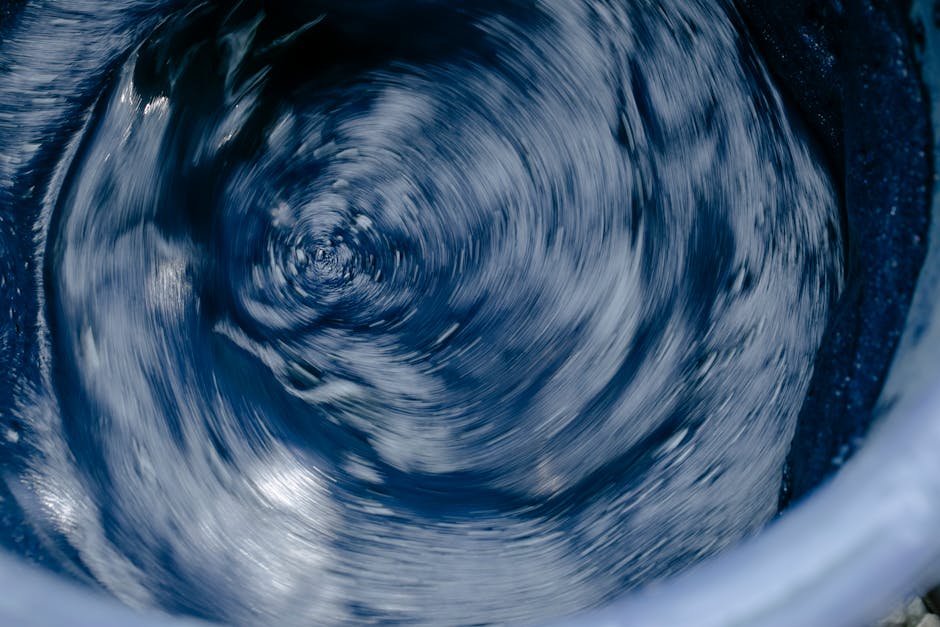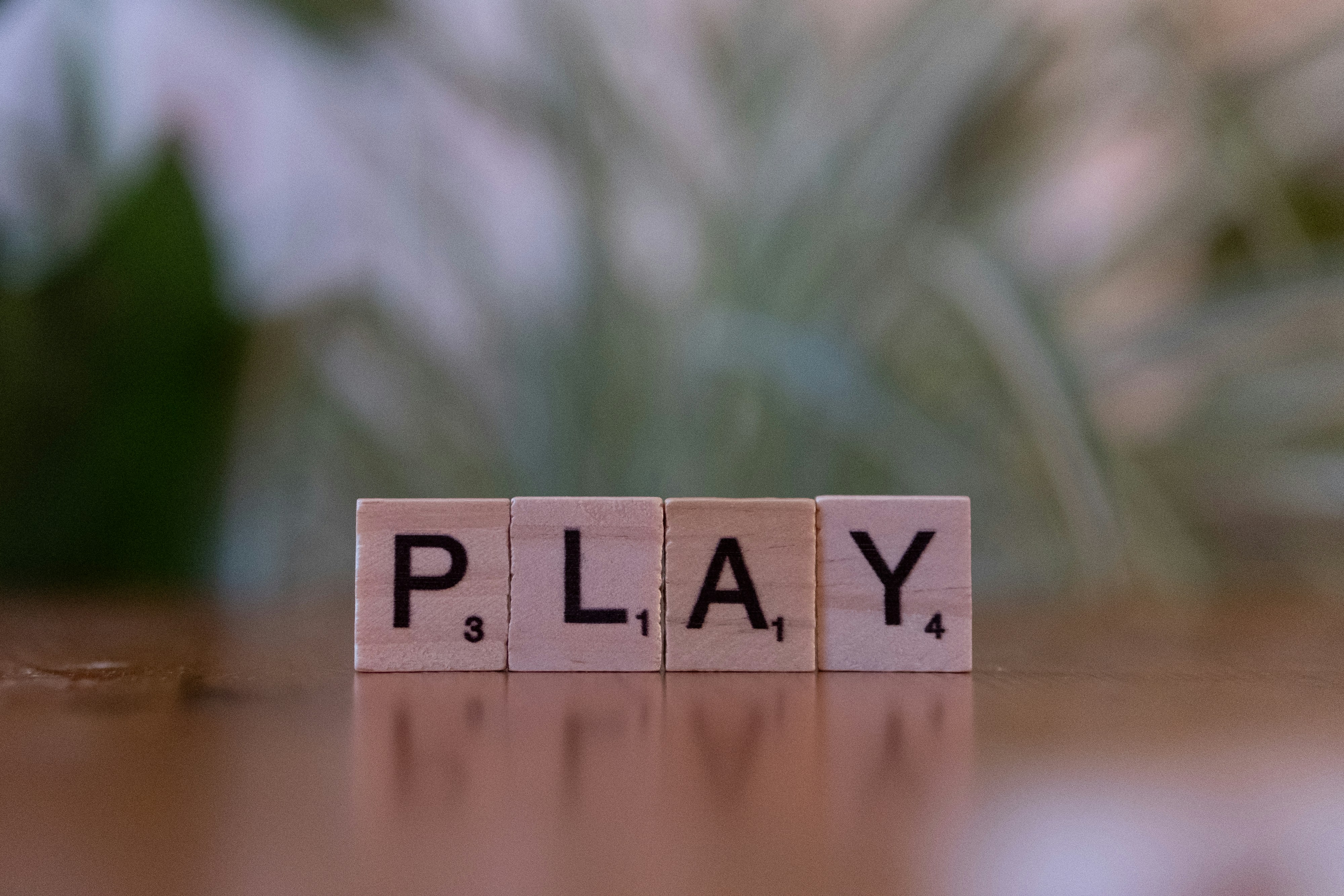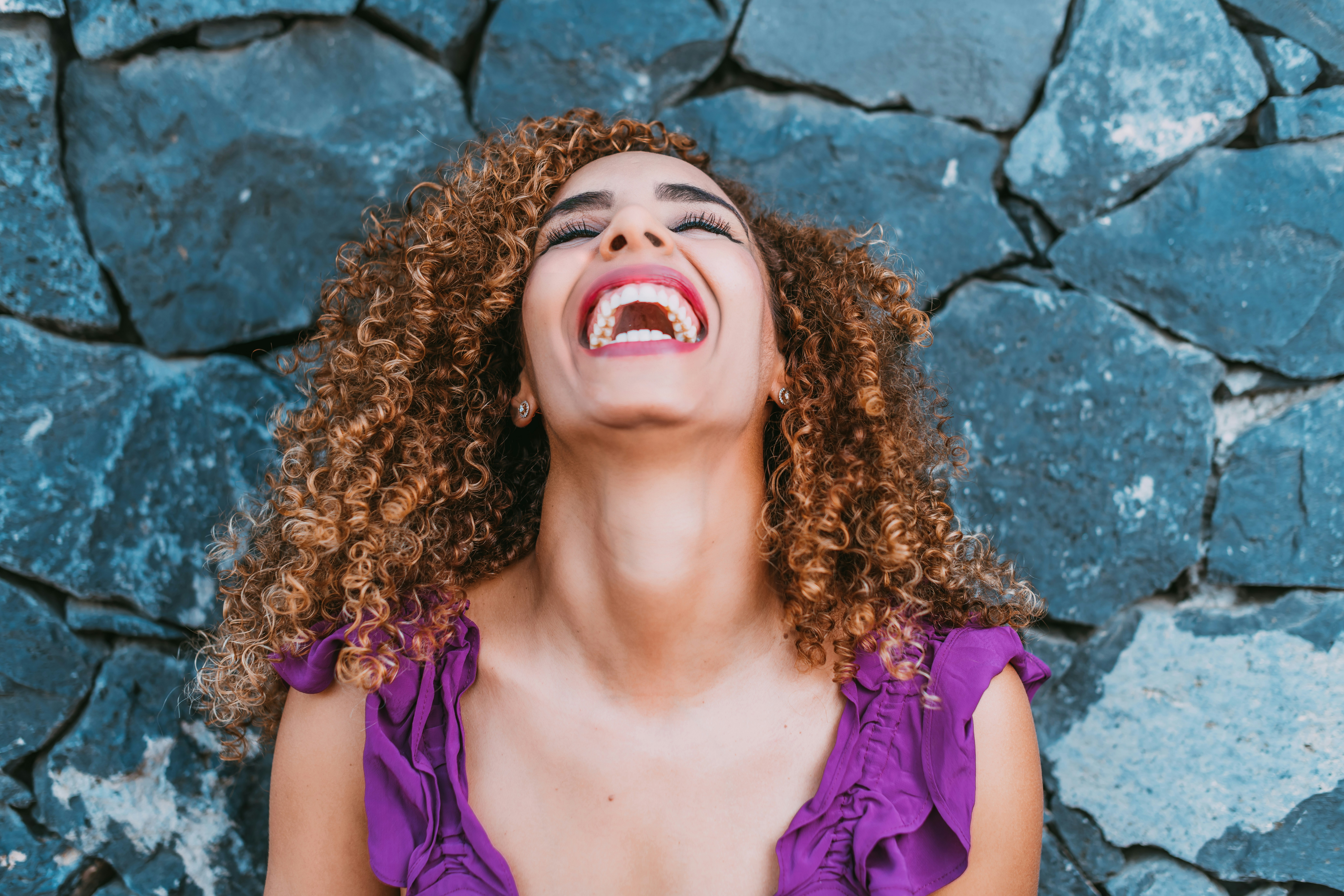Color Your Wellness: Discover the Hidden Impact of Color Psychology on Mood
Ever wondered why a bright yellow room can ignite joy while a dull gray one brings feelings of gloom? Welcome to the fascinating world of color psychology—a hidden dimension of our health and wellness that can significantly influence daily mood and overall well-being. The colors that surround us are more than mere aesthetics; they have profound psychological effects that can transform our feelings, behaviors, and even our health. Whether you're redesigning your living space or seeking to improve your mood, understanding the role of color can be a game-changer in enhancing your wellness journey.
The Power of Color Psychology

Color psychology explores how colors affect emotions and behaviors. From ancient cultures using color in rituals to modern-day marketing strategies, colors have always had a psychological weight. Scientists and psychologists have been studying these effects for years, leading to insights that can help us harness color's power for our wellness.
Research shows that colors can evoke certain emotional responses. For instance, vibrant reds and oranges can increase energy levels, while blues and greens tend to promote calmness and tranquility. Understanding these associations can help individuals create spaces that enhance their mood, productivity, and emotional health.
How Colors Influence Daily Mood

One of the most intriguing aspects of color psychology is its immediate effect on our daily mood. Colors can stimulate or soothe us and can even spark memories or certain feelings. Let’s explore how specific colors might influence your well-being.
1. Red – The Color of Energy and Passion

Red is often associated with passion, love, and energy. Its ability to raise adrenaline levels can make it a double-edged sword—while it can invigorate, too much red may lead to feelings of aggression or anxiety. In moderation, red can be a vibrant addition to your living spaces, stimulating activity and enthusiasm.
2. Blue – The Calm Creator

Blue typically evokes peacefulness and serenity. It's the color of the sky and water, which might explain its soothing effects. Psychologically, blue can help lower stress levels and improve focus and clarity. Incorporating blue elements into your home or workspace can foster a calm environment perfect for relaxation and concentration.
3. Yellow – The Cheerful Sunlight

Often linked with happiness and warmth, yellow is a color that can brighten up your day. It encourages optimism and energy. However, too much yellow can be overwhelming and lead to irritation, so it's best used in moderation or as an accent color.
4. Green – The Refreshing Rejuvenator

Green represents nature and renewal, promoting feelings of tranquility and balance. It can reduce anxiety and enhance feelings of harmony. Adding plants or green accents to your home can bring a breath of fresh air and support your mental wellness.
5. Purple – The Color of Spirituality and Insight

Frequently associated with luxury and creativity, purple can stimulate imagination and inspiration. It may also have calming properties, facilitating meditation and deeper thinking. Incorporating purple shades thoughtfully can elevate your creative spaces.
Designing Your Space with Color Psychology
Understanding the psychological impact of colors opens a whole new world of possibilities when designing personal spaces. Here are some practical tips on how to implement color psychology for optimal wellness:
Create Zones with Color
Consider designating different areas of your home for various activities and using colors to establish their purpose. For instance, a calming blue in your bedroom for restful sleep, an energizing yellow in the kitchen, and a refreshing green in the living room for social interactions. This strategy not only enhances functionality but also influences the emotional ambiance of each space.
Use Color as Aromatherapy
Similar to how aromas can evoke feelings and memories, the colors of your surroundings can do the same. Pairing color with scent can create synergistic effects—think about how the bright orange of citrus fruit paired with scents like rosemary or lemon can uplift your spirit. Learn more about the connection between colors and scents in our article on the aroma of adventure.
Elicit Emotions through Art and Decor
Art can be a powerful way to infuse colors that reflect your desired emotional state. Whether it’s paintings, photographs, or decorative objects, surround yourself with things that inspire joy. For instance, utilize bright, expressive artworks to stimulate creativity in your workspace. On the flip side, calming imagery can promote peace in your relaxing corners.
The Science of Color and Mental Health
Studies indicate a strong connection between color exposure and mental health. The colors we interact with daily can influence our emotional states and even cognitive function. A 2022 research study published in the Journal of Environmental Psychology found that participants in brightly colored environments reported significantly higher levels of happiness and well-being than those in more muted spaces.
The Role of Nature’s Colors
Biophilia, the innate connection humans feel toward nature, is a critical aspect of mental wellness. The hues found in natural settings—like the vibrant greens of forest foliage or the blues of flowing water—have been shown to improve mood, reduce stress, and enhance cognitive function. Implementing natural elements and colors in indoor spaces can bridge the gap between nature and modern living.
Link to learn more: The Biophilia Effect explores how incorporating natural colors can enhance emotional resilience.
Color in Daily Life and Wellness Practices
Colors can also play a significant role in wellness practices like meditation and yoga. For instance, you might choose to incorporate specific colors into your attire or mat based on the mood you wish to cultivate. Wearing bright colors in engaging exercises can uplift energy, while softer tones can enhance relaxation during restorative practices.
Mindfulness and Color Meditation
Practicing color meditation involves focusing on different colors during mindfulness sessions. Each color corresponds to specific emotions and can help target feelings you desire to enhance or shift. For example, meditating on the color blue may help you access tranquility, while yellow can stimulate optimism.
Colors and Nutrition: Eating for Wellness
Exploring how color affects our food choices is another vital aspect of wellness. Consuming a colorful diet not only adds aesthetic appeal but also guarantees nutritional diversity. Each color represents specific nutrients—green for leafy greens packed with vitamins, orange for carotenoids, and purple for antioxidants. Understanding this can help you craft healthier meal plans that positively affect your mood and energy levels.
Taste the Rainbow
Creating meals that feature a wide variety of colors not only nourishes the body but can brighten your mood. Aim for colorful plates filled with fruits, vegetables, and grains. The visually stimulating array can encourage healthier eating and promote a sense of well-being. For additional insights, check out our piece on tasting the rainbow with colorful foods.
Implementing Color Psychology in Your Daily Routine
So, how can you practically implement these insights and enhance your daily life? Here’s a simple approach:
-
Reflect on Your Emotional Needs: Before making changes, consider your daily emotional needs. Do you require a boost of energy, or are you seeking calmness? Knowing this will guide your color choices.
-
Update Your Surroundings Thoughtfully: Assess the dominant colors in your home or workspace. Consider painting walls or introducing colorful decor items that align with your goals—cocooning with soft neutrals for calm or invigorating with bright accents.
-
Mindful Wardrobe Choices: Allow color to influence your clothing selections as per the emotional tone you wish to set for the day. Wearing bursts of energetic colors might energize a busy workday, while softer tones might prepare you for a restful evening.
-
Intentional Color Eating: Make a conscious effort to create colorful meals. Challenge yourself to include a rainbow of fruits and vegetables in your diet, which not only offers visual delight but also enhances health benefits.
Final Thoughts
Incorporating the principles of color psychology into your life can create transformative effects on your mood and overall wellness. By becoming more aware of the colors you surround yourself with and understanding their psychological implications, you can craft an environment that nurtures your well-being.
Whether you're looking for a burst of energy, a sense of calm, or a little serenity, wielding the power of color can be a vibrant and fulfilling journey in your health and wellness. Dive deeper into the world of wellness with further explorations on topics like color therapy and harnessing color psychology at home.
Ultimately, color isn’t just about visual appeal; it's about crafting a life that resonates with your emotional and psychological needs, enhancing your journey toward greater wellness every day.


